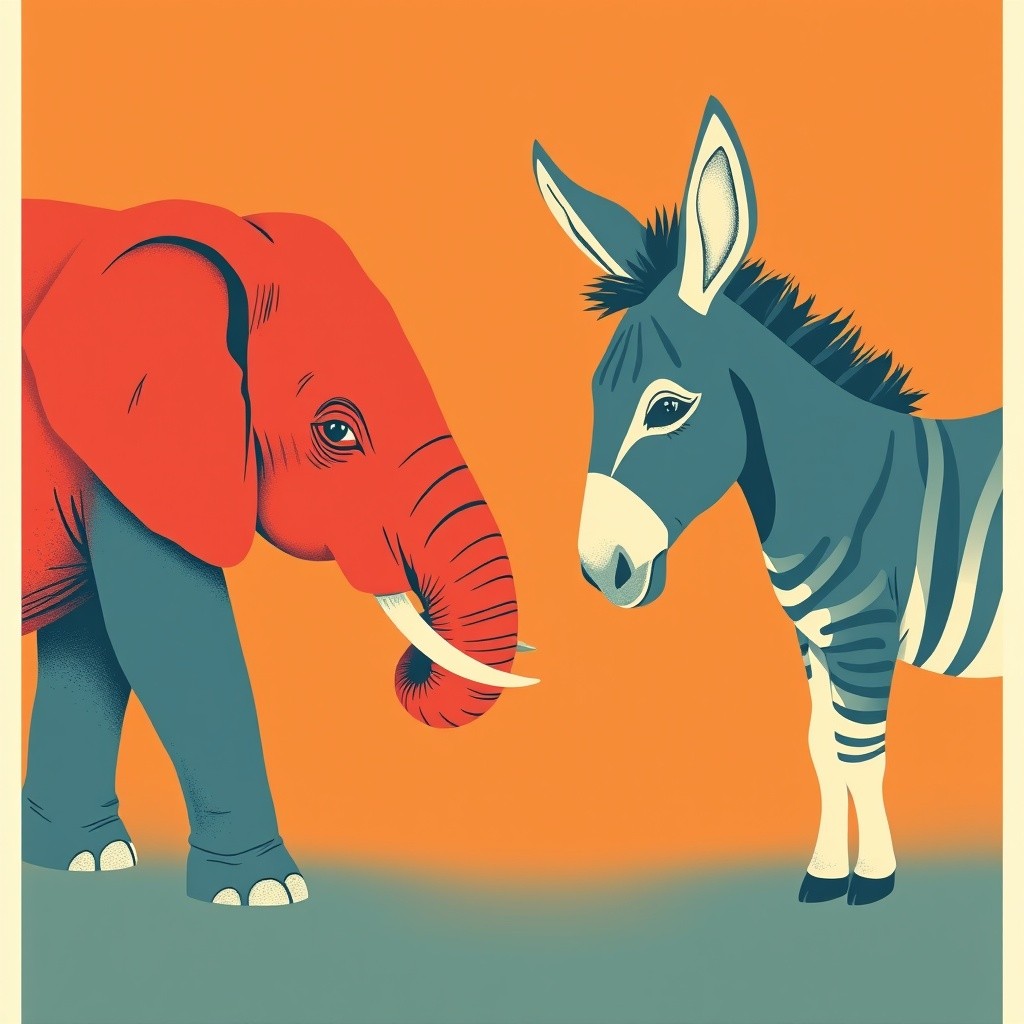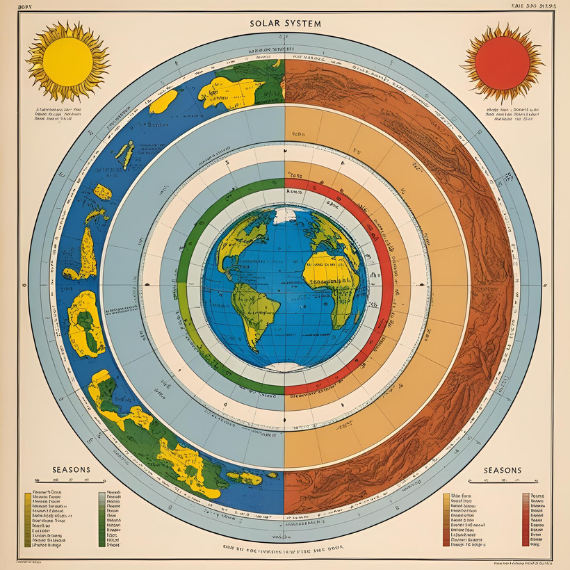With the upcoming presidential elections on the horizon, we must acknowledge and appreciate our history as deeply intertwined with the principles of a democratic form of government. The development of the American democratic republic was influenced by the ancient civilizations of Greece and Rome, the Protestant Reformation, and Gutenberg’s printing press. However, the Enlightenment of 17th-century Europe had the most immediate impact on the framers of the United States Constitution.
In the 17th century, Europeans no longer lived in the “darkness” of the Middle Ages. Ocean voyages had connected them with many world civilizations, and trade had led to the rise of a prosperous middle class. The Protestant Reformation encouraged free thinkers to question the practices of the Catholic Church, and the printing press helped spread these new ideas quickly and easily. This was a time ripe for the philosophers and scholars who advocated for democracy and justice through discussions of individual liberty and equality.
Direct Democracy
The history of direct democracy among non-Native Americans in the United States dates back to the 1630s in the New England Colonies. The legislatures of the New England colonies were initially governed as popular assemblies, with every freeman eligible to vote directly in the election of officers and the drafting of laws. Even today, towns in New England hold open town meetings to make decisions.
The Party Systems
As of 2024, the United States has had six (6) party systems. The Democratic and Republican Parties originated in the First Party System as the Democratic-Republican Party, later taking on their more familiar designations in the early to mid-19th century.
The formation of the parties we know today occurred due to the end of the First Party System (1792-1824) and the rise of the Second Party System (1828-1852). The Democratic Party was formed in 1828, while the Republican Party was initially known as the Democratic-Republican Party in the mid-1790s and truly became the Republican Party in 1854.
Democratic History
The Democratic Party was founded in 1828. It had initially supported expansive presidential power, and the interests of slave states, and opposed a national bank and high tariffs. Over time, it has shifted to promote a liberal platform, including support for Social Security and unemployment insurance. The party’s core bases have shifted over the years, with the Southern states becoming more reliably Republican and the Northeastern states becoming more reliably Democratic. The party’s economic stance also shifted towards market-based policies following the Presidency of Ronald Reagan, and the election of Bill Clinton marked a move toward the Third Way.
Republican History
The Republican Party was formed in 1854 to oppose the spread of slavery into western territories. It had support from various groups and played a key role in defeating the Confederate States of America. The party largely dominated the national political scene until 1932, but saw a shift after 1912 when many Roosevelt supporters left, and the party shifted ideologically to the right. Under President Franklin D. Roosevelt, the Democrats formed a winning New Deal coalition that was dominant from 1932 through 1964.
Democratic Party and Civil Rights
After World War II, the United States faced challenges such as the Cold War and the civil rights movement. The Republican Party attracted conservatives, including white Southerners, by employing the Southern strategy and opposing New Deal and Great Society liberalism. African Americans traditionally supported the Republican Party until the 1950s due to its anti-slavery civil rights policies. However, following the passage of the Civil Rights Act of 1964 and the Voting Rights Act of 1965, Southern states became more reliably Republican in presidential politics, while Northeastern states leaned more towards the Democratic Party. The shift was influenced by racial backlash and social conservatism among Southern whites. President John F. Kennedy’s election in 1960 reflected this transformation, as he appealed to a new generation of younger voters. His successor, Lyndon B. Johnson, successfully advocated for the passage of the Civil Rights Act of 1964 and implemented much of the Great Society, including Medicare and Medicaid, which aimed to assist the poor, sick, and elderly. The Democratic Party’s strong stance on civil rights solidified black support, and alienated Southern whites, leading to a significant shift towards the Republican Party, particularly after Ronald Reagan’s election in 1980.
Republican Party and Civil Rights
Following the enactment of the Civil Rights Act of 1964 and the Voting Rights Act of 1965, there was a significant shift in the core support base of the Republican Party. Southern states became increasingly aligned with the Republican Party, while the Northeastern states leaned more towards the Democratic Party in presidential politics. During the 1960s, white voters more frequently identified with the Republican Party. Additionally, after the Supreme Court’s 1973 decision in Roe v. Wade, the Republican Party included opposition to abortion in its party platform and gained support among evangelical voters. This period also saw the Republican Party’s success in five of six presidential elections held from 1968 to 1988. President Ronald Reagan, who served from 1981 to 1989, played a transformative role as a party leader. He advocated for reduced social government spending and regulation, increased military spending, lower taxes, and pursued a robust anti-Soviet Union foreign policy. Reagan’s influence shaped the Republican Party well into the 21st century.
Democratic Party in the 21st Century
In recent history, the Democratic Party has focused on key issues such as combating terrorism, expanding access to healthcare, and environmental protection. After regaining majority control of the House and the Senate in 2006, Barack Obama was elected the first African American president in 2008. The party experienced victories and losses in the 2010s, including the impeachment of President Trump. In the 2020s, Biden defeated Trump in the 2020 presidential election and appointed Ketanji Brown Jackson as the first Black woman on the Supreme Court. The Democratic Party performed well in the 2022 midterm elections, narrowly losing their majority in the U.S. House and expanding their majority in the U.S. Senate.
Republican Party in the 21st Century
In 2016, Donald Trump became the Republican president, having won the election, and shifted the party to the right. The party is split between the Trumpist faction, including far-right nationalists and populists, and the anti-Trump faction, consisting of center-right conservatives, moderate centrists, and some traditional conservatives. The party’s main support comes from the South, the Great Plains, the Mountain States, and rural areas in the North. Today, it supports free market economics, cultural conservatism, and originalism in constitutional jurisprudence. The Republican Party has had 19 presidents, the most from any political party.
To conclude, from direct democracy to the Civil Rights Act, democracy has undergone numerous changes, experiencing cultural, economic, and social developments in both itself and the society it governs.
















